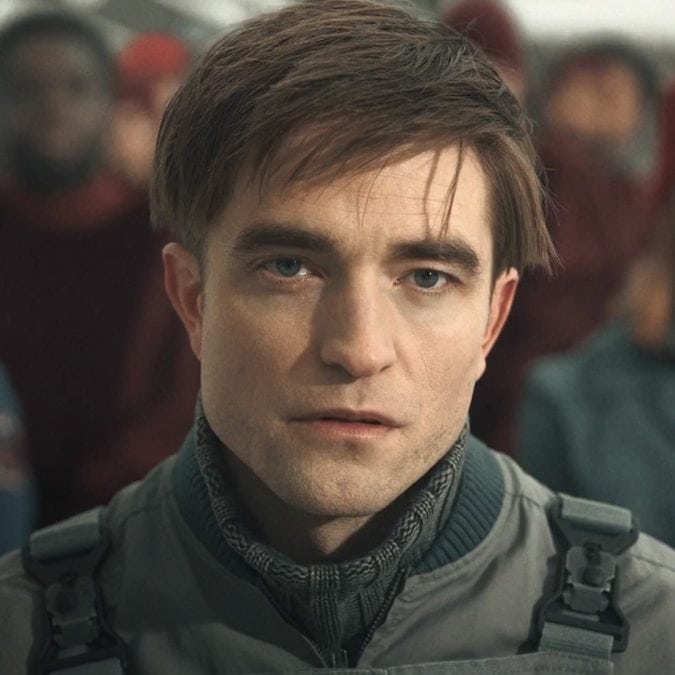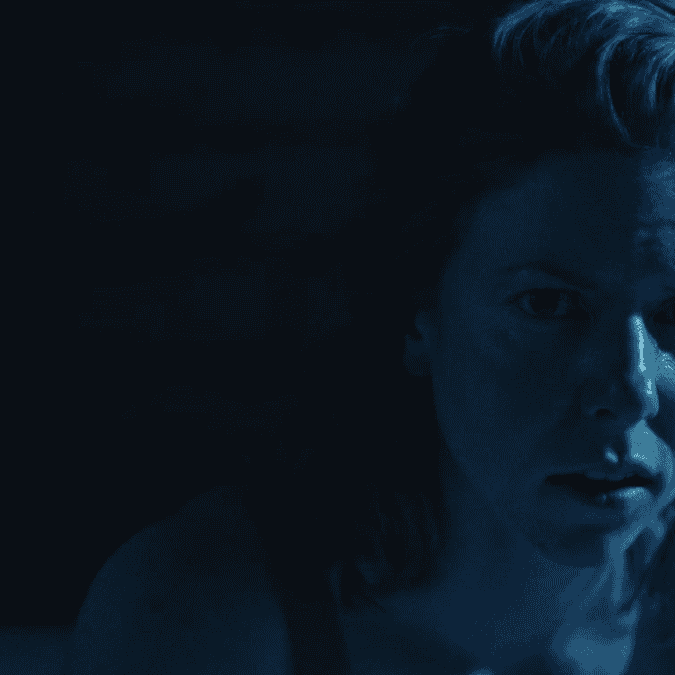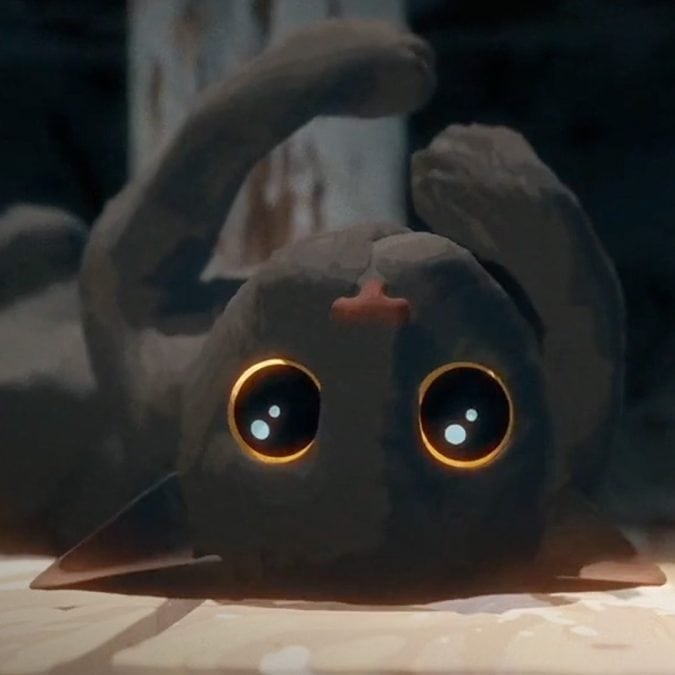
By Monica Foster.
The act of filming, and the locale in which a film is being shot is more crucial to the film as a whole than most people think. Urban space in particular offers the viewer a greater sense of spontaneity, which gives off the trembling pulse of city life that can be seen in its streets. This is the key for Scorsese realist mob film’s Mean Streets; the film has an “anthropological dimension”, which means that the film is essentially a study of Scorsese’s life growing up in Little Italy. To add to the anthropological dimension, the film is shot in a documentary-naturalistic style often with hand held cameras to further make it appear as something personal and real. With a hand held camera, Scorsese was quickly able to capture and navigate the streets and the violence that erupted within the story.
Additionally, what makes this film even more personal is its exposition which is also important to a documentary like film; it reveals the major themes in the film that are to resonate throughout the entire cinematic text. Scorsese does this with a voice over of himself saying the following: You don’t make up for your sins in church. You do it in the streets. You do it at home. The rest is bullshit and you know it. The implication here is that the major themes under scrutiny are whether to take the path of the church and religion or to lead a life connected to the mob. ). This further emphasizes the intimate scope of Scorsese’s growing up in Little Italy. D’Acinero states that, “Mean Streets disrupted and, thus, redefined the conventions and codes of the classical Hollywood genre gangster movie”.

Charlie Cappa shaking hands with a priest; Charlie is Scorsese’s alter ego and initially represents Scorsese’s early life growing up in the Lower East side, Little Italy. Here, he is a priest, a gangster, and a filmmaker.
Having been released in 1973, Francis Ford Coppola’s, The Godfather, had ultimately become the diamond of American mafia films. The film holds on to conventional Hollywood depictions of the mafia, for example: powerful mafia figures, (Don and Michael Corleone in The Godfather), the struggle to attain wealth and power, to make it to the’ big time’ (Henry Hill in Goodfellas, 1993), lavish settings (restaurants, cities, whether historical or not) along with appropriate costumes, for example, men in expensive suits. (Once Upon a Time in America, 1984)
Through the use of the mafia genre, Scorsese is able to create a film that is personal, and at the same time, a work that addresses the subject of morality and whether one can be good and resist temptation in a world that is uncertain and immoral.
Mean Streets isn’t a typical gangster film; it is set in set in the style of the French New Wave and Italian Neo-Realism, focusing on the day to day lives of its characters and the socio-cultural climate that they inhabit, similar to Pasquale Scimeca’s 2000 film, Placido Rizzotto.

The mirror which Charlie looks into reflects the oscillation of his identity; the voiceover at the beginning of the film suggests that Charlie will choose the life of the streets.
Sciemeca, even more than Scorsese, employs said style which in part, was a conscious choice and an act of homage to the Italian neo-realist directors, Roberto Rossellini and Francessco Rosi. In terms of identity, it rather fluctuates particularly in the character of Charlie, played by Harvey Keitel. Charlie struggles with his religiosity in a community where two bit mobsters roam as well as with himself; can he be a moral, religious person and a mobster? However, religious and moral identity isn’t the only type that of identification that Charlie struggles with; Charlie, and especially the other characters, molds their identity within urban spaces that they have been familiar since their birth. Charlie and his gang may sound like your typical gangsters, but this could be farther from the truth .The street in particular is the source of “diversity, unpredictability, and transience that moves the argument about shooting on location from the physicality of the urban space to the uncertainties of modern life.”
This is particularly exemplary in Mean Streets. The film, for me, evoked a strong sense of nostalgia for 70s America which at the same time was not pleasant. The color palette of the image, the rugged, dirty streets, and the overall sense of ethnic cohesion of a locale was rather visually agreeable largely due to the decaying, yet, simultaneously enchanting types of venues that are displayed on screen. The fact that it was filmed during the 70s, further contributes to the overall characteristics of urban space within the film. New York City in particular was a space in of itself of notorious sexual openness and illicit behaviour.
Part 2 of 3 here.
We hope you're enjoying BRWC. You should check us out on our social channels, subscribe to our newsletter, and tell your friends. BRWC is short for battleroyalewithcheese.
Trending on BRWC:

The Gorge: The BRWC Review

Wild Horse Nine: Mark Ruffalo And John Malkovich In New Movie

Mickey 17 – The BRWC Review

A/way: Review









1 COMMENT